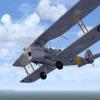
Sign in to follow this
Followers
0

How to determine what altitude to fly GA?
By
bkeske, in MS FSX | FSX-SE Forum


By
bkeske, in MS FSX | FSX-SE Forum